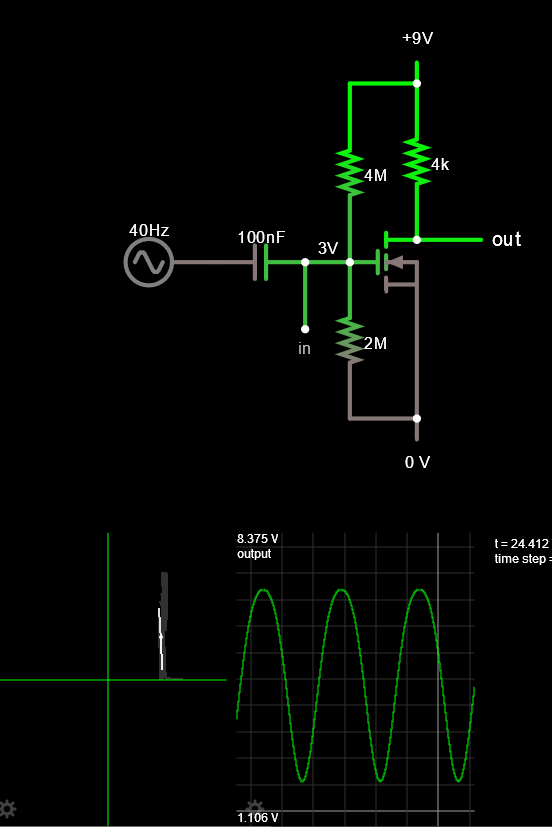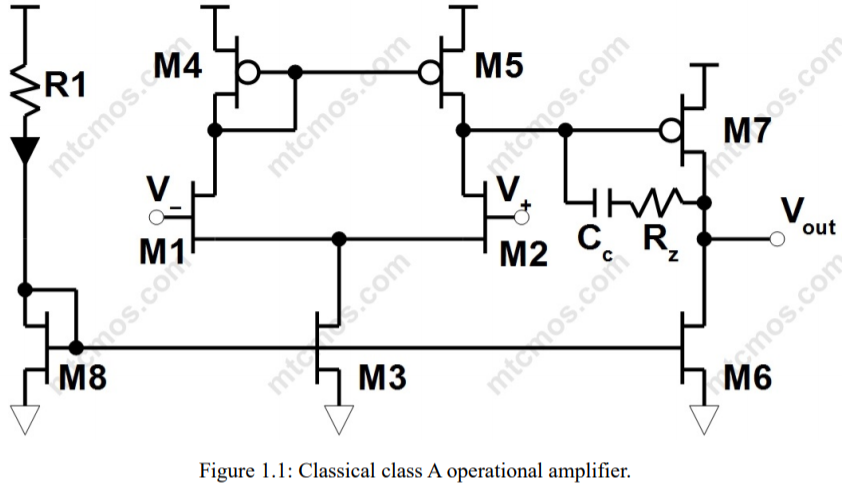I will try to answer this very interesting question with simple words...
"Biasing" actually means to add another but reference input quantity to the varying input quantity. If both input quantities are voltages, we can sum them directly by connecting the voltage sources in series. Since the input source is usually grounded, the bias source should be floating. Another but less commonly used way is first to convert the voltages to currents and then sum the currents by connecting the current sources in parallel. Let's consider how the first bias technique is implemented...
1. "Lifting" the base. In AC amplifiers, the bias voltage sources can be implemented by a (floating) charged capacitor connected in series between the (grounded) input voltage source and (grounded) amplifier input. Thus the adjacent amplifying stages are connected by these capacitors; hence the name "coupling capacitors". The advantage of this biasing arrangement is that coupling capacitors can act as floating voltage "sources"... and so we can connect as many such floating sources as we want...
2. "Lowering" the emitter. In DC (ICs) amplifiers, we cannot use capacitors for obvious reasons; so we have to replace them by conventional voltage sources... but they cannot be floating. In this arrangement, the floating amplifier input is connected in series between the grounded input voltage source and grounded bias voltage source. Figuratively speaking, while above we "lifted" the base above the ground, here we "lower" it below the ground. This means to insert a negative bias voltage source between the emitter and ground.
3. "Moving" the base-emitter junction. In contrast to simple transistor amplifying stages with single-ended input where the base-emitter junction is "immovable" (firmly connected to ground), in the more sophisticated transistor differential pair (aka long-tailed or emitter-coupled pair) it "moves" with the variations of the common-mode voltages. So it cannot be biased by a voltage source; it can be biased by a current source from the side of the emitter. Let's consider the MOSFET version of this structure - Fig. 1.

Fig. 1. MOSFET differential pair
Structure. It consists of two voltage (source) followers which outputs are joined. To bias both transistors (from the side of the sources), the common point is connected through a common element to a negative power supply. This element has the property to keep the current through itself constant. That is why it is named "current source" although it is not a source. It can be thought as of a "current-stabilizing dynamic resistor" that is usually implemented by another MOSFET with constant gate voltage.
VIN = 0. To investigate how the transistors are biased, the input voltage sources are excluded. The gates are simply grounded through resistors R(-) and R(+) so that the bias "current source" can drive the transistors from the side of sources. It makes them adjust their gate-source voltages until the total current through transistors becomes equal to the desired bias current.
VIN = var. Then the input voltages can be applied to gates... and can be varied simultaneously (common mode). The common source point will "move" but the bias current will stay constant.
EDIT: It is interesting to consider the more sophisticated version of this conceptual circuit diagram given in Tako's answer:

Fig. 2. More sophisticated MOSFET differential pair (https://payhip.com/b/5Srt)
The current stabilizing element in the joined sources is implemented by M3 acting as an output current-sinking part of the M8-M3 current mirror; M8 is the input current-setting part of this current mirror (and of the current mirror M8-M6).
M4 and M5 serve as the drain resistors RD1 and RD2. They form another but sourcing current mirror. But what is its function? The idea here is to make a dynamic load pair by M1 and M2 (like M6 and M7 in the output stage). But since it is impossible, they cloned M1 by M5 and made the desired pair by M2 and M5. Fantastic idea, right?
Thus there are two cascaded amplifying stages with dynamic load... and the total gain is huge. Figuratively speaking, the pairs M5-M2 and M7-M6 act as two super-sensitive scales that can hardly be balanced. It can be done only by applying a negative feedback.
It would be interesting to see these ideas in an older BJT implementation:

Fig. 3. BJT differential pair with dynamic load (visualized)







